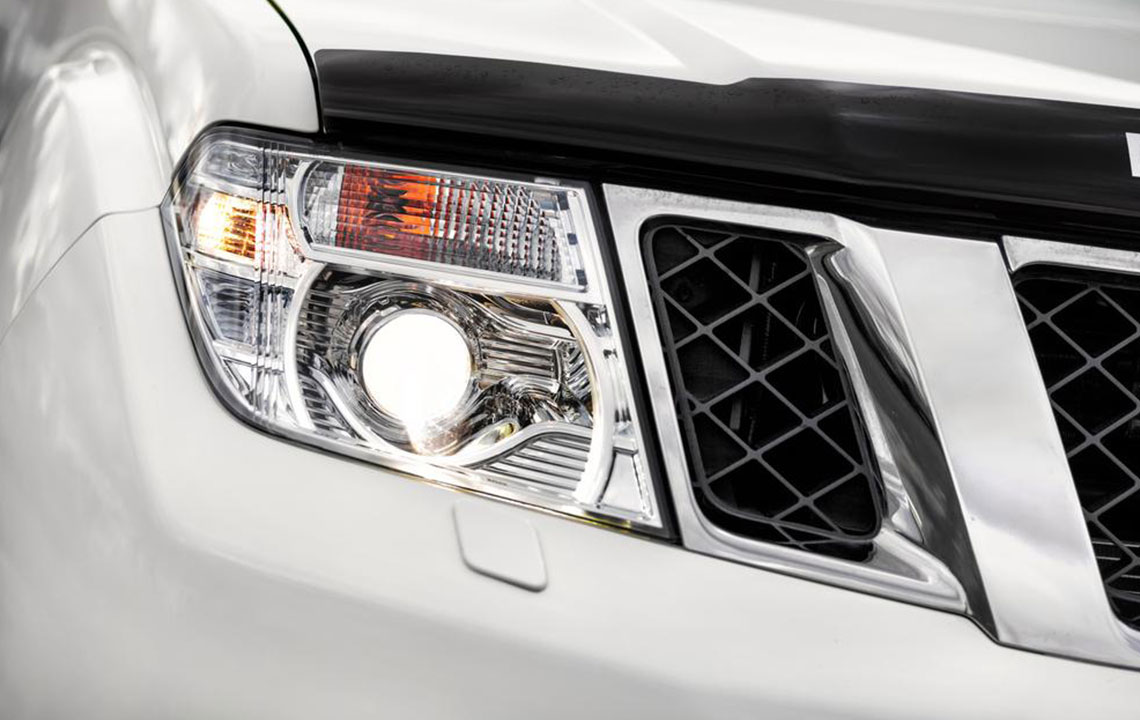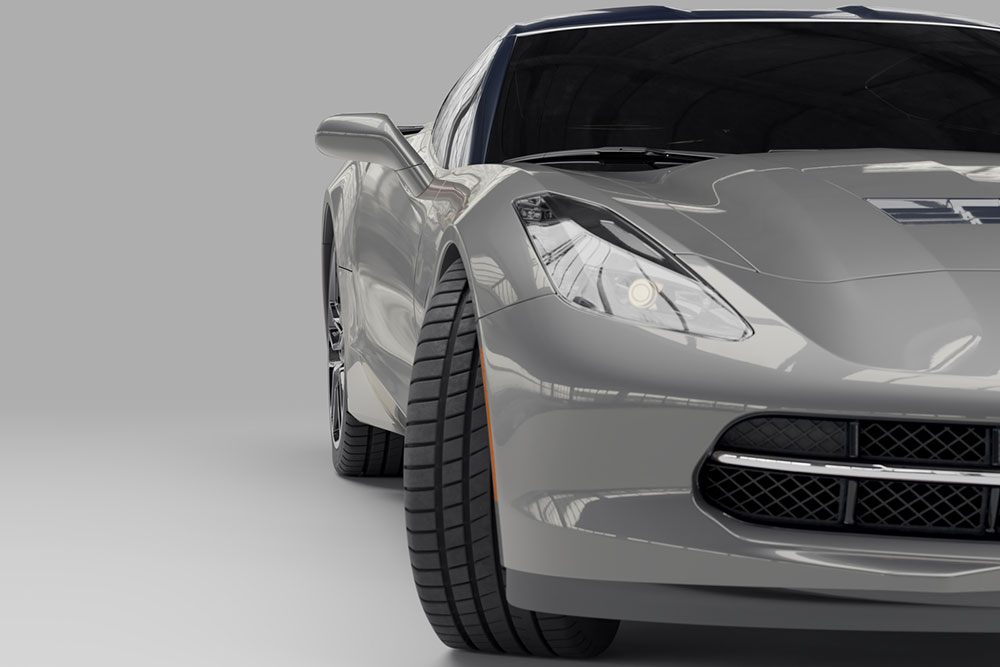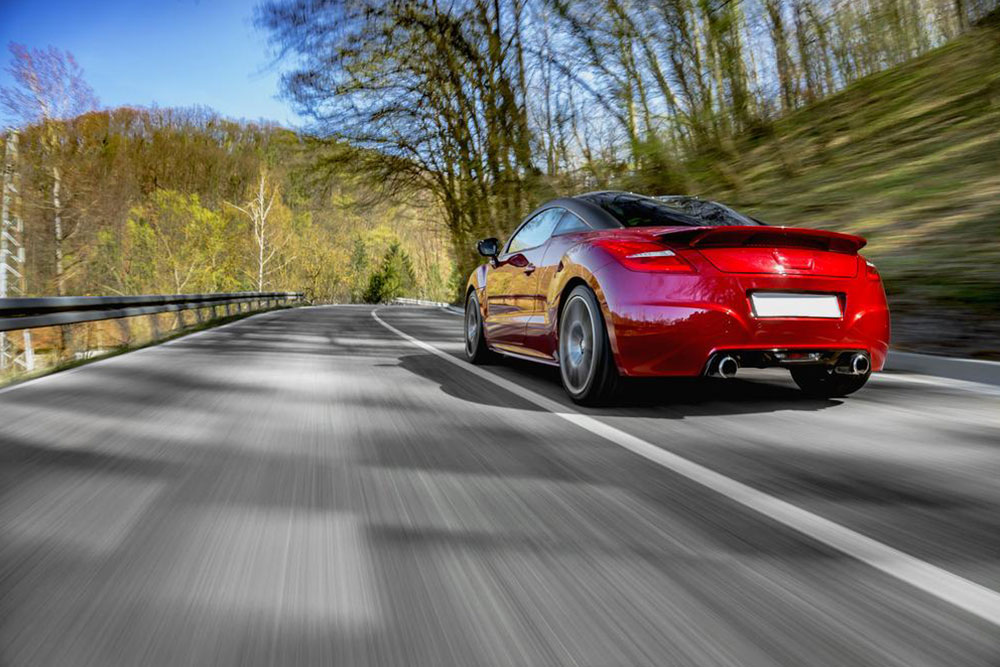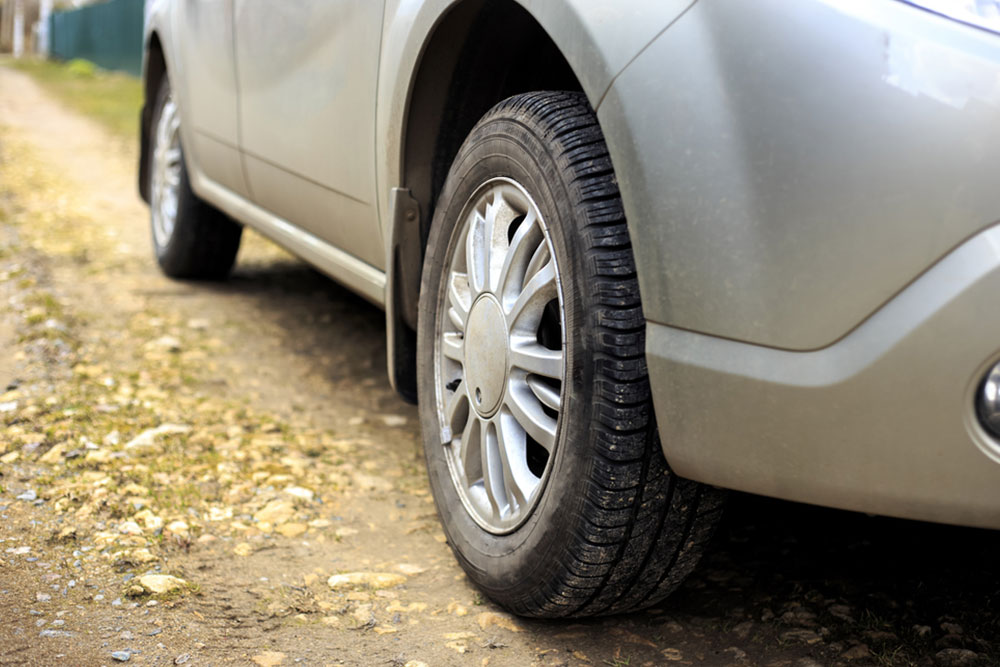Essential Checklist for Buying a Certified Used Vehicle
This guide provides an essential checklist for purchasing a certified used vehicle, highlighting key inspections and tips to ensure a safe, reliable, and confident investment. Learn what to examine inside and out before finalizing your deal, including exterior checks, interior evaluation, and test drives for peace of mind. Perfect for prospective buyers, this comprehensive overview helps you identify potential issues and make informed decisions when selecting a pre-owned vehicle.

Essential Checklist for Buying a Certified Used Vehicle
Before finalizing a purchase from a dealership, it's crucial to complete a thorough checklist, especially when selecting a pre-owned vehicle. Proper preparation can ensure you make a sound investment and avoid future issues.
While doing research is vital, knowing where to begin and what aspects to scrutinize can be challenging. This comprehensive list guides you through key vehicle inspection points, helping you assess the condition of a used car or bike effectively.
Start with an exterior inspection—look for scratches, dents, or dings on the vehicle body. Even if you're not an auto expert, simple observations can reveal underlying issues. Open and close all doors, trunk, and hood to check their functionality. Verify tire consistency, ensuring all tires are from the same brand and haven't been altered to increase profit margins.
Since tires are vital for safety, confirm they are in good condition and properly maintained, evidenced by recent wheel balancing and rotation records. Check the vehicle's lighting system—front, rear, fog lights—to ensure they function correctly, especially for night or foggy conditions.
Inspect the interior for odors indicating coolant or oil leaks, which could cause discomfort or mechanical problems. Evaluate the seats, dashboard, and all controls meticulously. If the vehicle has a sunroof, test its operation and mechanisms. Under the hood, examine belts, hoses, radiator parts, and fluid levels to ensure engine health.
Finally, take the vehicle for a test drive to feel its performance firsthand. Only after a successful drive and thorough inspection should you proceed with paperwork, securing your investment.
Note:
The information shared on our blog covers various topics with practical tips for readers. While our research aims to provide accurate guidance, it shouldn't be considered definitive. We are not responsible for discrepancies or updates in other sources. Additionally, promotional offers or schemes might differ from what we mention, so always verify the latest details before making decisions.










